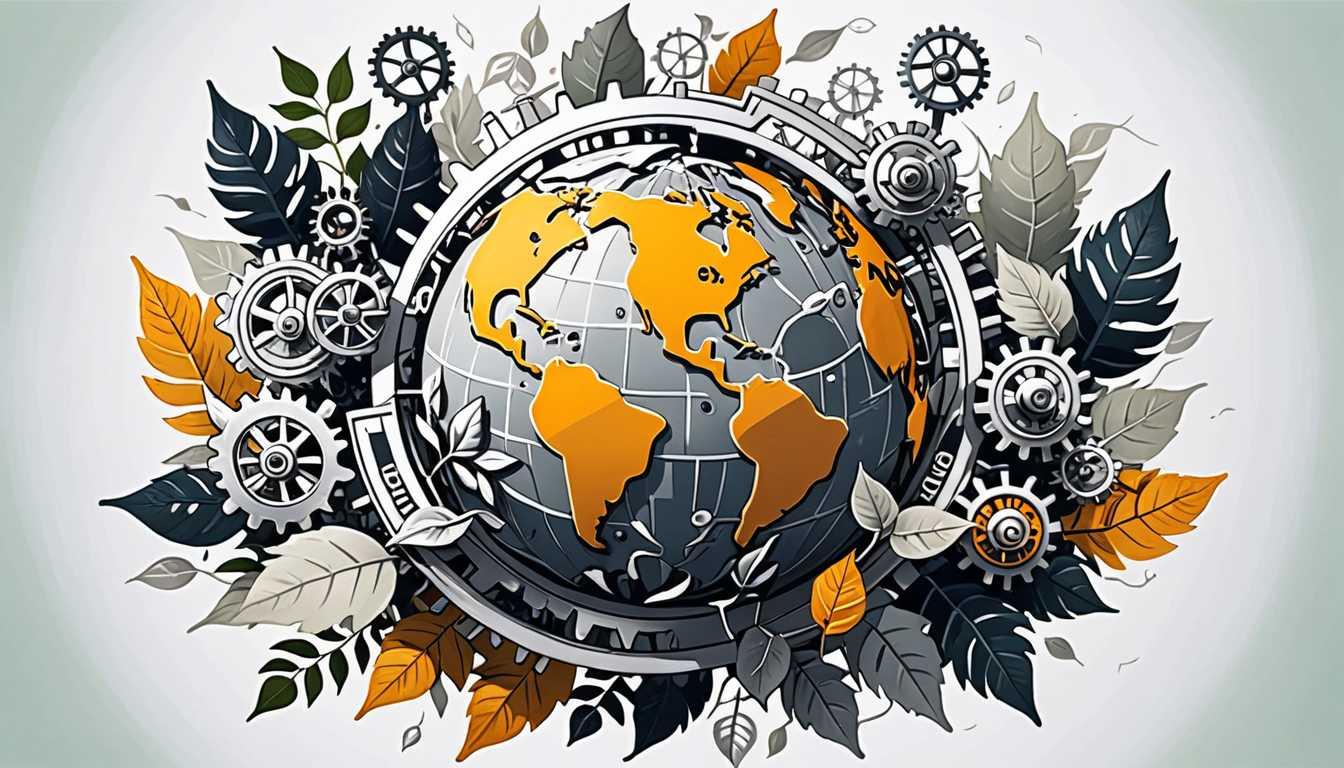Nickel: Ancient Earth's Climate Ally
August 2023
Stanford University
Introduction
Dive into the world of ancient chemistry magic with Stanford University's latest discovery! Scientists have unlocked the secrets of the Wood-Ljungdahl pathway, a process older than dinosaurs, turning harmful carbon dioxide into useful carbon. This breakthrough not only reveals nature's intricate chemistry involving nickel but could also revolutionize our fight against climate change. Ready to see how ancient organisms were climate warriors in their own right? This article is a time machine to the past with a lesson for our future!
READ FULL ARTICLEWhy It Matters
Discover how this topic shapes your world and future
Nickel and Nature's Neat Trick
Imagine a world where the air we breathe is cleaner, and the impact of climate change is significantly reduced. Sounds like a dream, right? Well, scientists are on a quest to turn this dream into reality by studying something incredibly small that could have a huge impact - nickel's role in the Wood-Ljungdahl pathway. This pathway is like nature's own recycling system, turning harmful carbon dioxide (CO2) into useful materials for organisms. It's a bit like how you might recycle plastic bottles into something new and useful. The recent discovery of how nickel helps in this process is not just cool science; it's a potential game-changer in our fight against climate change. By understanding and possibly enhancing this natural process, we could capture more CO2 and reduce its levels in our atmosphere. This discovery relates to you because cleaner air and a healthier planet mean a better future for everyone, including you and future generations.
Speak like a Scholar
Carbon Fixation
The process of converting carbon dioxide (CO2) into organic compounds. Think of it as plants taking CO2 from the air and turning it into leaves and stems.
Greenhouse Gas
A gas that traps heat in the Earth's atmosphere, contributing to global warming. CO2 is a major one, like a blanket that keeps the Earth warm.
Organometallic
A type of compound that contains a metal (like nickel) bonded to a carbon atom. Imagine a metal piece being a key part of a larger puzzle.
Enzymes
Proteins that act as catalysts to speed up chemical reactions in living organisms. They're like nature's version of a speed booster.
X-ray Spectroscopy
A technique used to study the structure of molecules by observing how they scatter X-rays. It's like using X-rays to take a super detailed picture of how atoms are arranged.
Catalysis
The process of speeding up a chemical reaction, which enzymes do. Think of it as pushing a car downhill to make it go faster.
Independent Research Ideas
Exploring the Efficiency of Different Metals in Carbon Fixation Pathways
Investigate how other metals compare to nickel in their ability to facilitate carbon fixation. This could lead to the discovery of more efficient or cheaper alternatives.
The Role of Organometallic Compounds in Renewable Energy Production
Dive into how compounds similar to those in the Wood-Ljungdahl pathway could be used to create clean energy. It's like looking for nature's secret recipe for power.
Comparative Study of Carbon Capture Techniques in Nature vs. Human-made Systems
Examine how natural processes like the Wood-Ljungdahl pathway stack up against artificial carbon capture technologies. This could highlight ways to improve our own systems or create new ones.
Impact of Climate Change on Natural Carbon Fixation Processes
Research how rising CO2 levels and global temperatures affect nature's ability to capture carbon. This could reveal important insights into how ecosystems might change in the future.
Developing Educational Tools to Teach Complex Biochemistry in Schools
Create interactive models or digital apps that simplify concepts like organometallic chemistry and enzyme catalysis for students. This could make learning about these advanced topics fun and accessible.
Related Articles

Revolutionizing CO2: MIT's Green Leap
September 2023
Massachusetts Institute of Technology (MIT)

Super Trees: Climate's New Heroes?
June 2023
MIT Technology Review

Air-Cleaning Breakthrough: Meet COF-999!
October 2024
UC Berkeley NewsCenter

Unlocking the Underground: Carbon Storage Secrets
June 2024
MIT Technology Review

Seaweed: Ocean's Climate Shield?
June 2023
MIT Technology Review